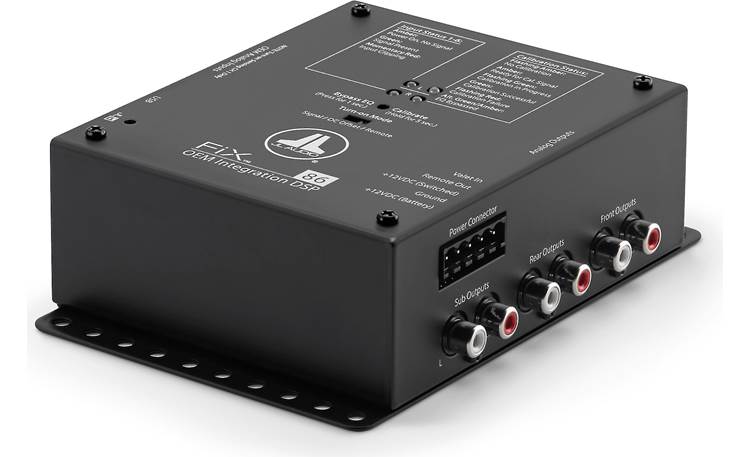I just installed a sub I built, and now I'm in the process of properly tuning my system (active 2-way and rear fills using AudioControl D-6.1200 amp/processor). I'm doing a polarity check, and I'm getting a negative phase result on the right side of both the tweeter and midbass, but, I know that it sounds in phase so I 'm not sure what's going on.
I'm using AudioControl's iOS calibration mic and Mobile Tools app - it has a polarity checker, and I'm playing the speaker pop signal and checking for a + or - result. I'm isolating each speaker when doing the test. All RTA EQ is bypassed and there's no time delay.
What I believe it is, is a problem with the wiring on the head unit front outs, not a speaker wiring problem. I can tell because on my processor I can select HU front or rear signals to send to the speakers. When I select HU rear, the polarity check results are + on all 6 speakers. When I select HU front, the left side is + and the right side is - on all speaker pairs. But I've done some very careful listening with recorded phase tests (voice/pink noise in phase then out of phase) and it is in phase acoustically. So if I reverse + and - wires on the amp input for the HU front right side, it then shows + polarity test result but sounds out of phase on all pairs. (I'm checking each pair of speakers individually when listening for phase).
It just seems so weird to have the test result show negative polarity but it sounds in phase. 😕
I'm using AudioControl's iOS calibration mic and Mobile Tools app - it has a polarity checker, and I'm playing the speaker pop signal and checking for a + or - result. I'm isolating each speaker when doing the test. All RTA EQ is bypassed and there's no time delay.
What I believe it is, is a problem with the wiring on the head unit front outs, not a speaker wiring problem. I can tell because on my processor I can select HU front or rear signals to send to the speakers. When I select HU rear, the polarity check results are + on all 6 speakers. When I select HU front, the left side is + and the right side is - on all speaker pairs. But I've done some very careful listening with recorded phase tests (voice/pink noise in phase then out of phase) and it is in phase acoustically. So if I reverse + and - wires on the amp input for the HU front right side, it then shows + polarity test result but sounds out of phase on all pairs. (I'm checking each pair of speakers individually when listening for phase).
It just seems so weird to have the test result show negative polarity but it sounds in phase. 😕






